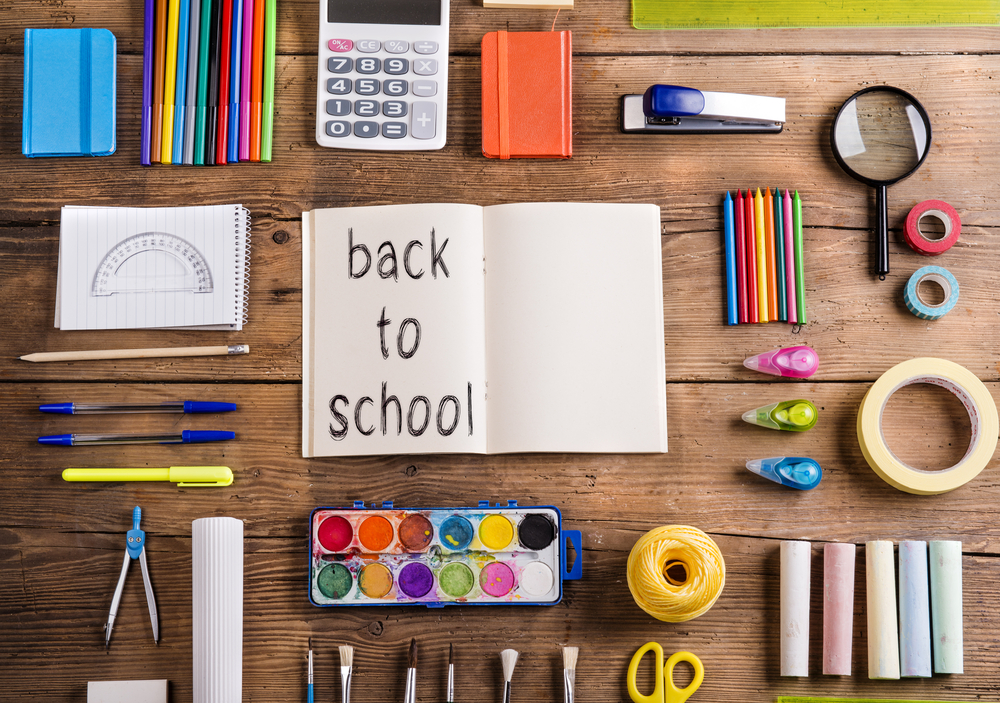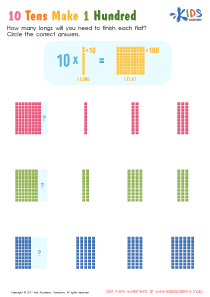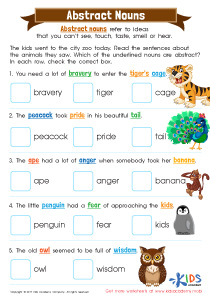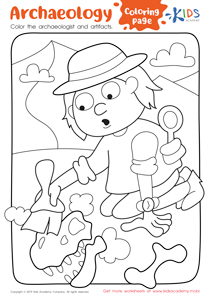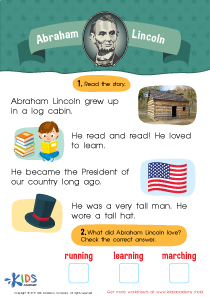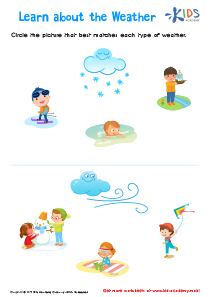Normal Reading Fiction worksheets activities for 3-Year-Olds
6 filtered results
-
From - To


Finding the Details and Connections: Assessment 2 Worksheet
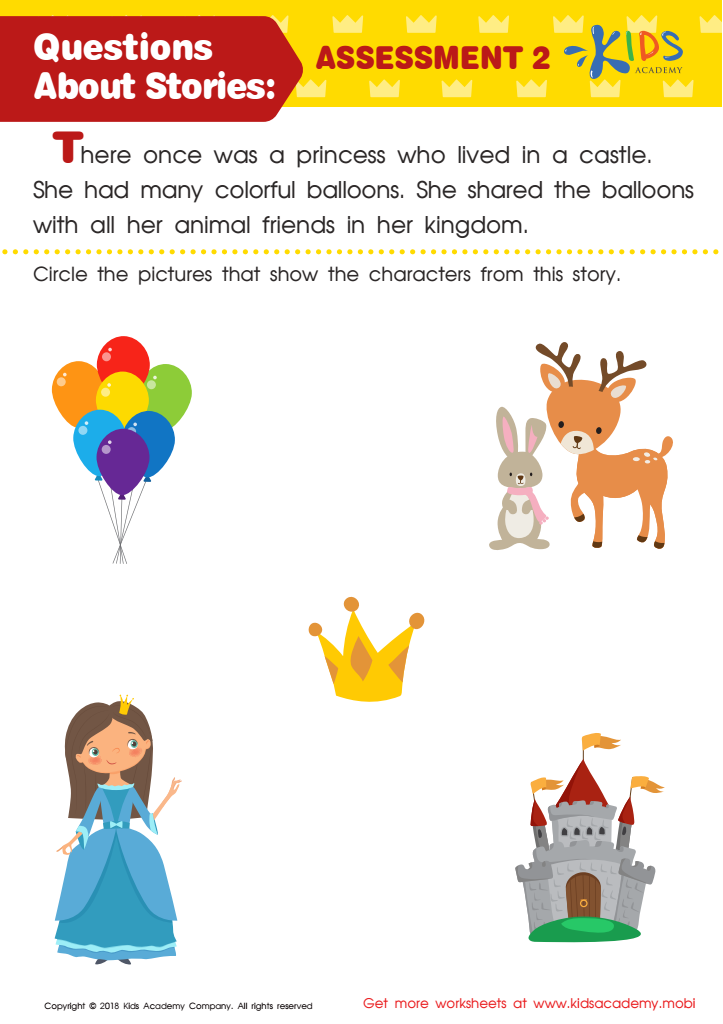

Questions About Stories: Assessment 2 Worksheet
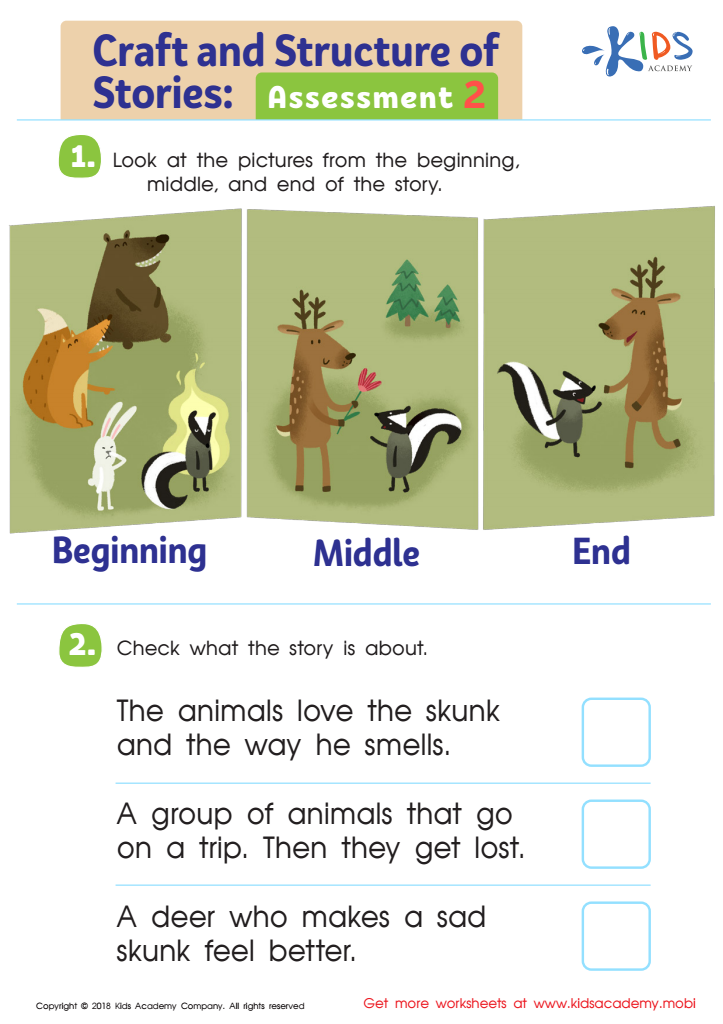

Craft and Structure of Stories: Assessment 2 Worksheet
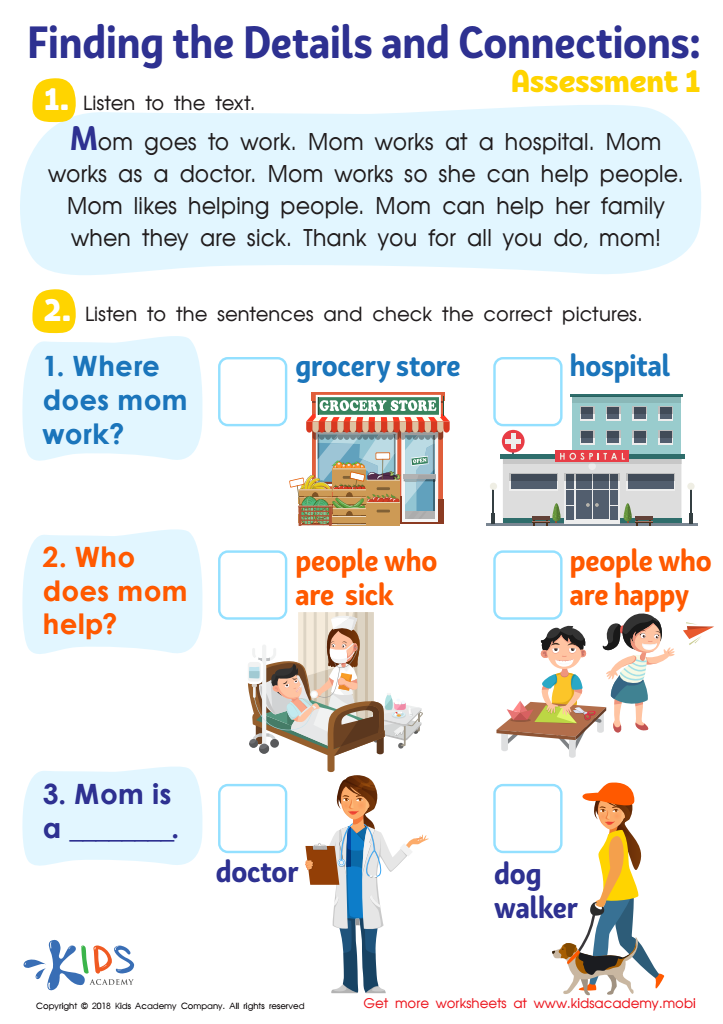

Finding the Details and Connections: Assessment 1 Worksheet


Craft and Structure of Informational Texts: Assessment 1 Worksheet
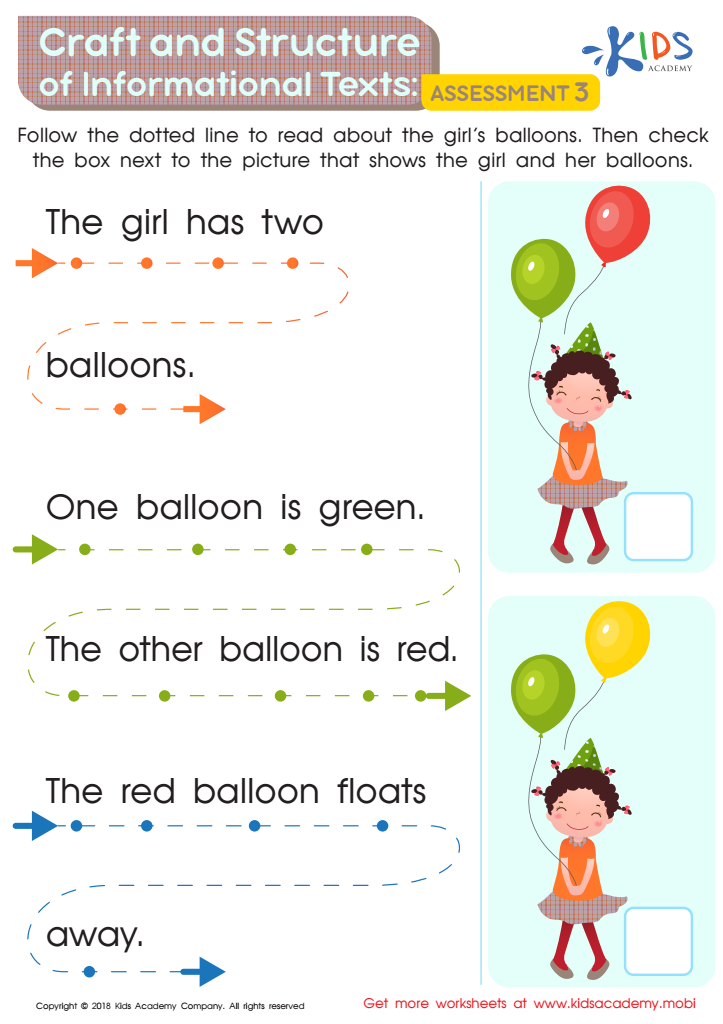

Craft and Structure of Informational Texts: Assessment 3 Worksheet
Normal Reading Fiction worksheets activities are invaluable tools in the realm of education, offering a structured yet flexible approach to exploring the rich and diverse world of literature. Engaging with fiction through these worksheets not only enhances reading skills but also stimulates imagination, deepens comprehension, and fosters empathy among students of all ages.
Firstly, one of the primary benefits of Normal Reading Fiction worksheets activities is their ability to improve reading fluency and vocabulary. As students navigate through various narratives, characters, and settings, they encounter new words and phrases, effectively broadening their linguistic repertoire. The structured activities guide students in contextualizing these new terms, promoting a more nuanced understanding of language.
Moreover, these worksheets are designed to bolster comprehension skills. By asking targeted questions about plot, character motivations, and themes, students are encouraged to think critically about the text. This not only ensures that they grasp the surface-level story but also pushes them to interpret underlying messages and connect them to broader life experiences or historical contexts, enhancing their analytical skills.
Furthermore, Normal Reading Fiction worksheets activities stimulate creativity and imagination. Fiction opens a window to different worlds, times, and perspectives, and through structured activities, students are invited to engage with these narratives imaginatively. Whether it's writing an alternate ending, discussing character decisions, or predicting future events, students actively construct meaning, fostering a creative mindset.
Finally, engaging with fiction through these worksheets promotes empathy and emotional intelligence. By stepping into the shoes of various characters, students experience a range of emotions and situations. This not only aids in emotional development but also in understanding and appreciating diverse perspectives, fostering a more inclusive and empathetic outlook.
In conclusion, Normal Reading Fiction worksheets activities are a cornerstone of effective literacy education. They not only enhance reading and analytical skills but also develop creativity, empathy, and a lifelong love for literature, making them an indispensable tool in the educational landscape.
 Assign to the classroom
Assign to the classroom

